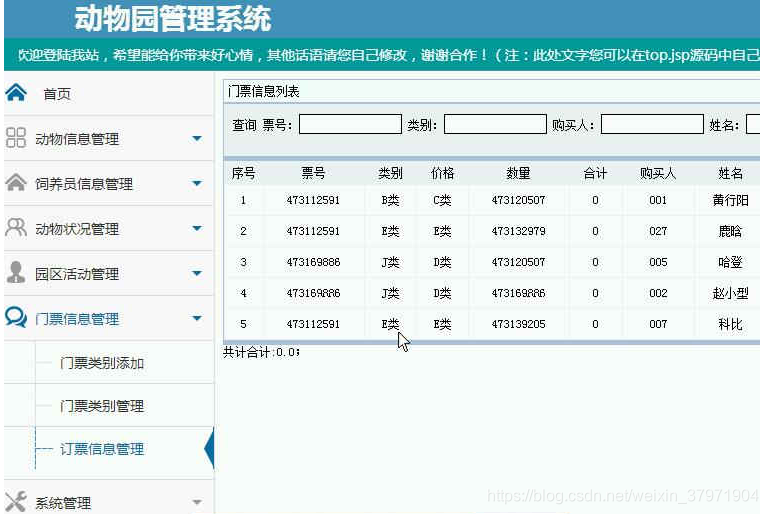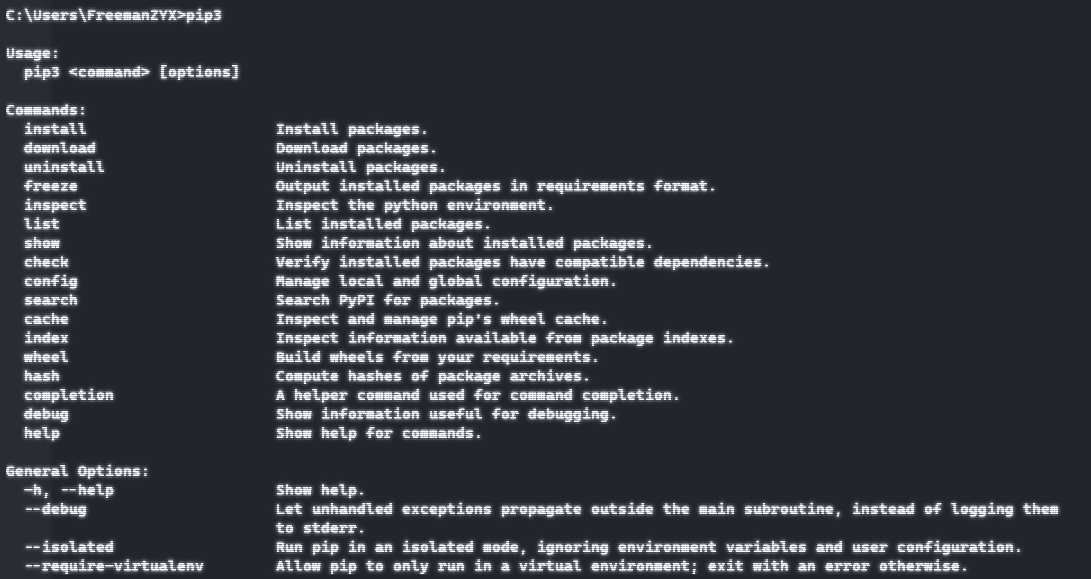题目链接:https://leetcode.com/problems/populating-next-right-pointers-in-each-node/description/
1. 题目介绍()
You are given a perfect binary tree where all leaves are on the same level, and every parent has two children. The binary tree has the following definition:
【Translate】: 给你一个完美的二叉树,所有的叶结点都在同一层,每个父结点都有两个子结点。二叉树的定义如下:
struct Node {
int val;
Node *left;
Node *right;
Node *next;
}
Populate each next pointer to point to its next right node. If there is no next right node, the next pointer should be set to NULL.
【Translate】: 填充每个next指针,使其指向它右边的下一个节点。如果没有下一个右节点,则下一个指针应设置为NULL。
Initially, all next pointers are set to NULL.
【Translate】: 最初,所有的next指针都被设置为NULL。
【测试用例】:
示例1:
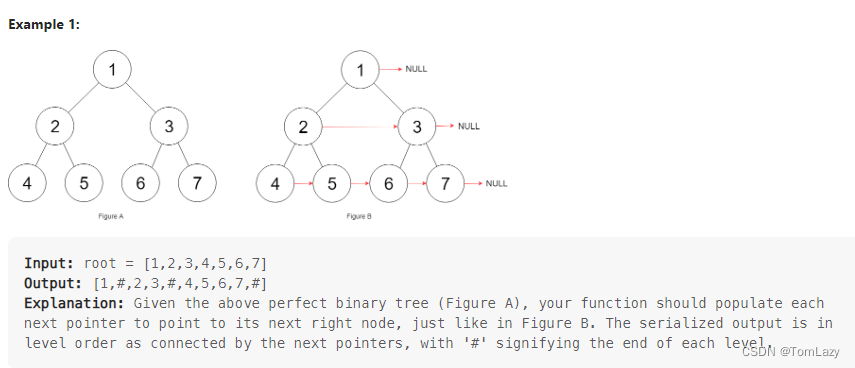
示例2:

【条件约束】:

【跟踪】:
Follow-up:
- You may only use constant extra space.
- The recursive approach is fine. You may assume implicit stack space does not count as extra space for this problem.
【Translate】:
- 只使用常数的额外空间。
- 递归方法很好。对于这个问题,您可以假设隐式堆栈空间不算作额外空间。
【相似问题】:

2. 题解
2.1 层序遍历
该题解是在 【LeetCode】No.102. Binary Tree Level Order Traversal – Java Version 的基础上,稍作修改得到的,通过Queue来实现BFS,保证queue每次只存储当前层元素,当前元素通过弹出获得,next元素查询但不弹出,直到最后元素后,让其next为null.
/*
// Definition for a Node.
class Node {
public int val;
public Node left;
public Node right;
public Node next;
public Node() {}
public Node(int _val) {
val = _val;
}
public Node(int _val, Node _left, Node _right, Node _next) {
val = _val;
left = _left;
right = _right;
next = _next;
}
};
*/
class Solution {
public Node connect(Node root) {
if(root == null) return null;
Queue<Node> queue = new LinkedList<>();
queue.add(root);
while(!queue.isEmpty()){
int qlen = queue.size();
for(int i = 0; i < qlen; i++){
Node curr = queue.poll();
Node second = queue.peek();
curr.next = second;
if(i == qlen-1){
curr.next = null;
}
if(curr.left != null) queue.add(curr.left);
if(curr.right != null) queue.add(curr.right);
}
}
return root;
}
}

2.2 递归
原题解来自于 wilsoncursino 的 Java 0ms with visual explanation.

不得不说,这确实是一个很巧妙的办法,对代码有疑惑的同学看一下上面的图应该就能很容易理清思路了。
/*
// Definition for a Node.
class Node {
public int val;
public Node left;
public Node right;
public Node next;
public Node() {}
public Node(int _val) {
val = _val;
}
public Node(int _val, Node _left, Node _right, Node _next) {
val = _val;
left = _left;
right = _right;
next = _next;
}
};
*/
class Solution {
public Node connect(Node root) {
if(root == null) return null;
if(root.left != null) root.left.next = root.right;
if(root.right != null && root.next != null) root.right.next = root.next.left;
connect(root.left);
connect(root.right);
return root;
}
}


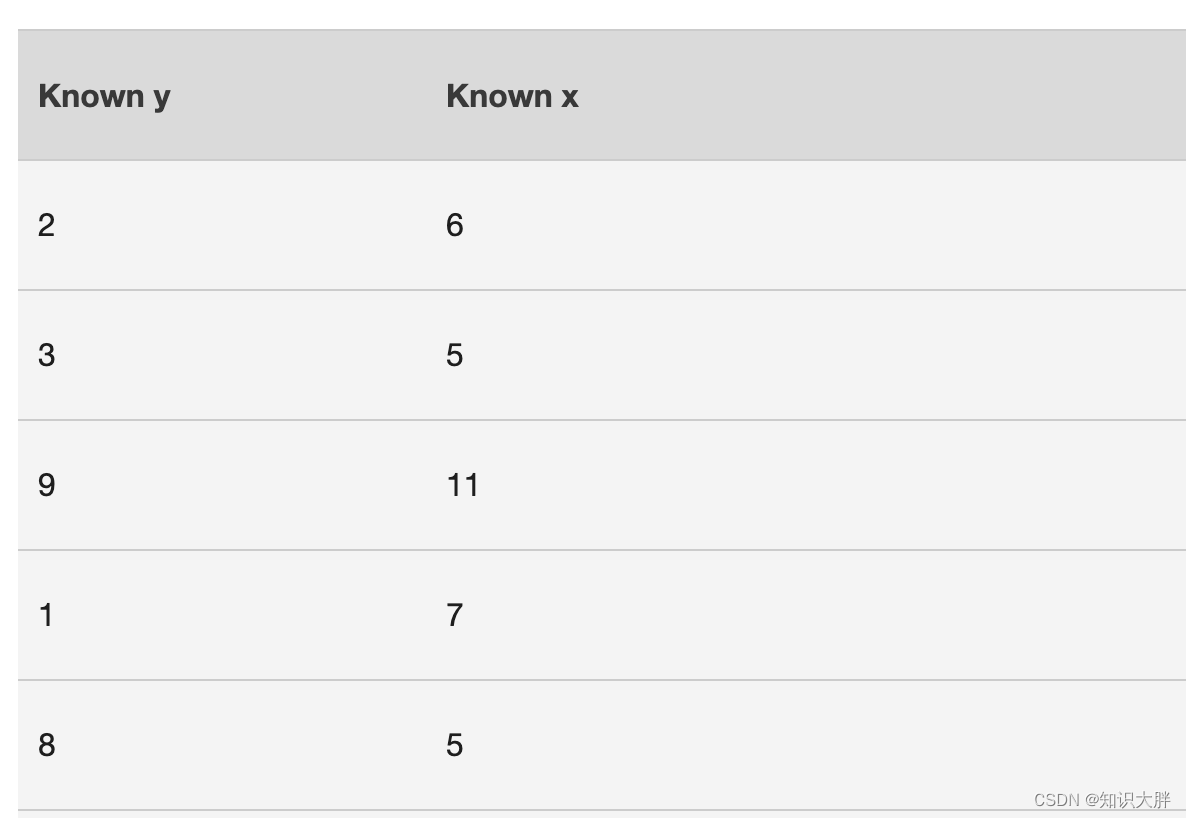
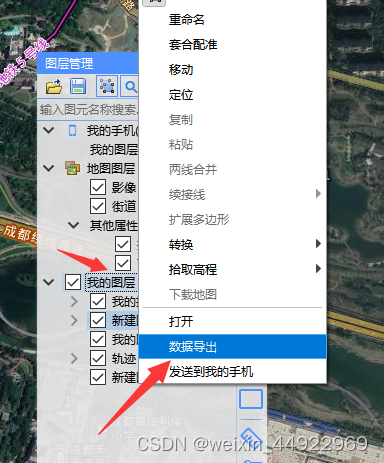
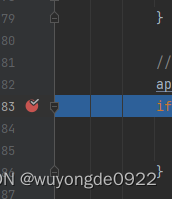
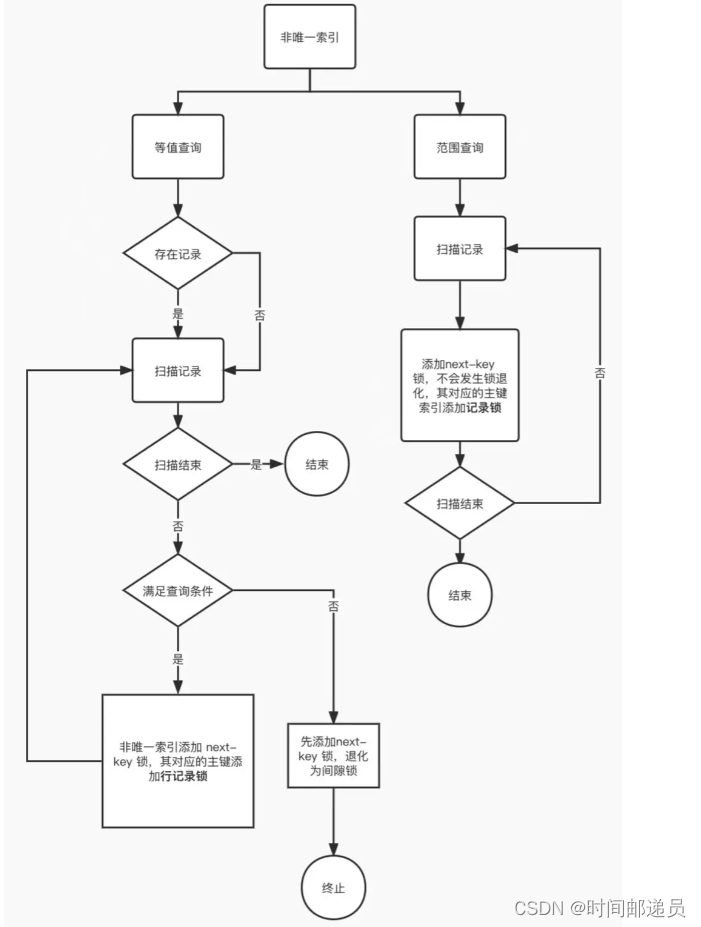
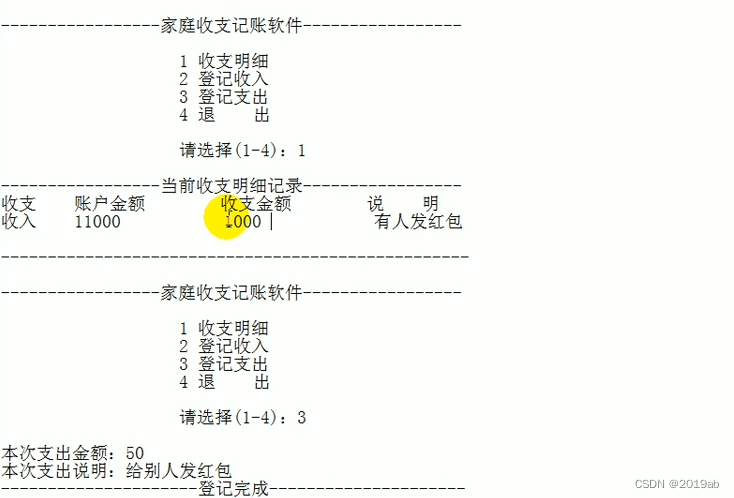

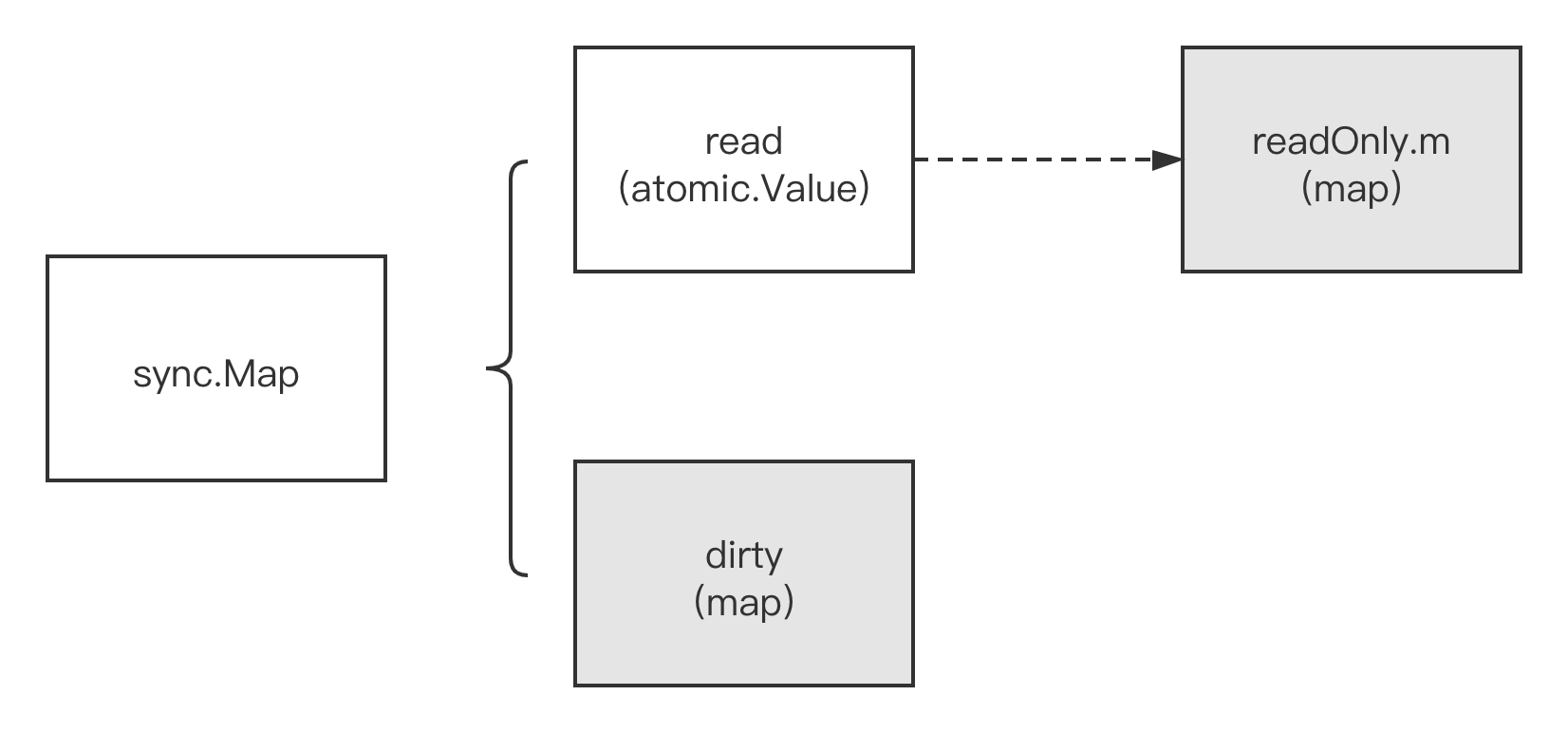







![[附源码]计算机毕业设计框架的资产管理系统设计与实现Springboot程序](https://img-blog.csdnimg.cn/22384c510da94237905b6e2baac494d4.png)

